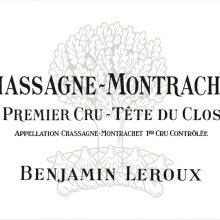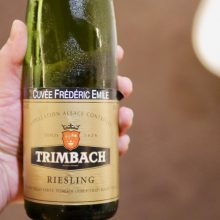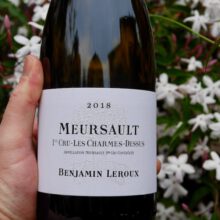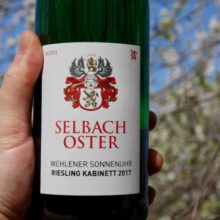
Product information
Benjamin Leroux Chassagne-Montrachet 1er Cru Tête du Clos 2015
$250
Description
Tête du Clos is a sub-climate of Morgeot and is, to our mind, one of Chassagne’s top few 1er crus. Here, at the apex of the vineyard, the soil is almost ‘solid rock’ to quote Leroux, with some white marl and plenty of limestone rocks on the surface. It’s about the same altitude as Les Embazées, but this showcases a completely different expression of Chassagne. Leroux’s old-vine Tête du Clos parcel (0.4-hectares planted in 1955) produces small, concentrated clusters, and he only managed to get the insanely low yield of 18 hectolitres per hectare in 2015. The resulting power of the wine means that it saw a tad more new oak than the preceding Chassagnes; 25% in this case. Where Meadow’s refers to “reduction” below, what he is probably seeing is a vineyard character (due to the lack of topsoil), not winemaking artefact. As the man said—the wine is ‘Outstanding’.
Out of stock








You must be logged in to post a comment.